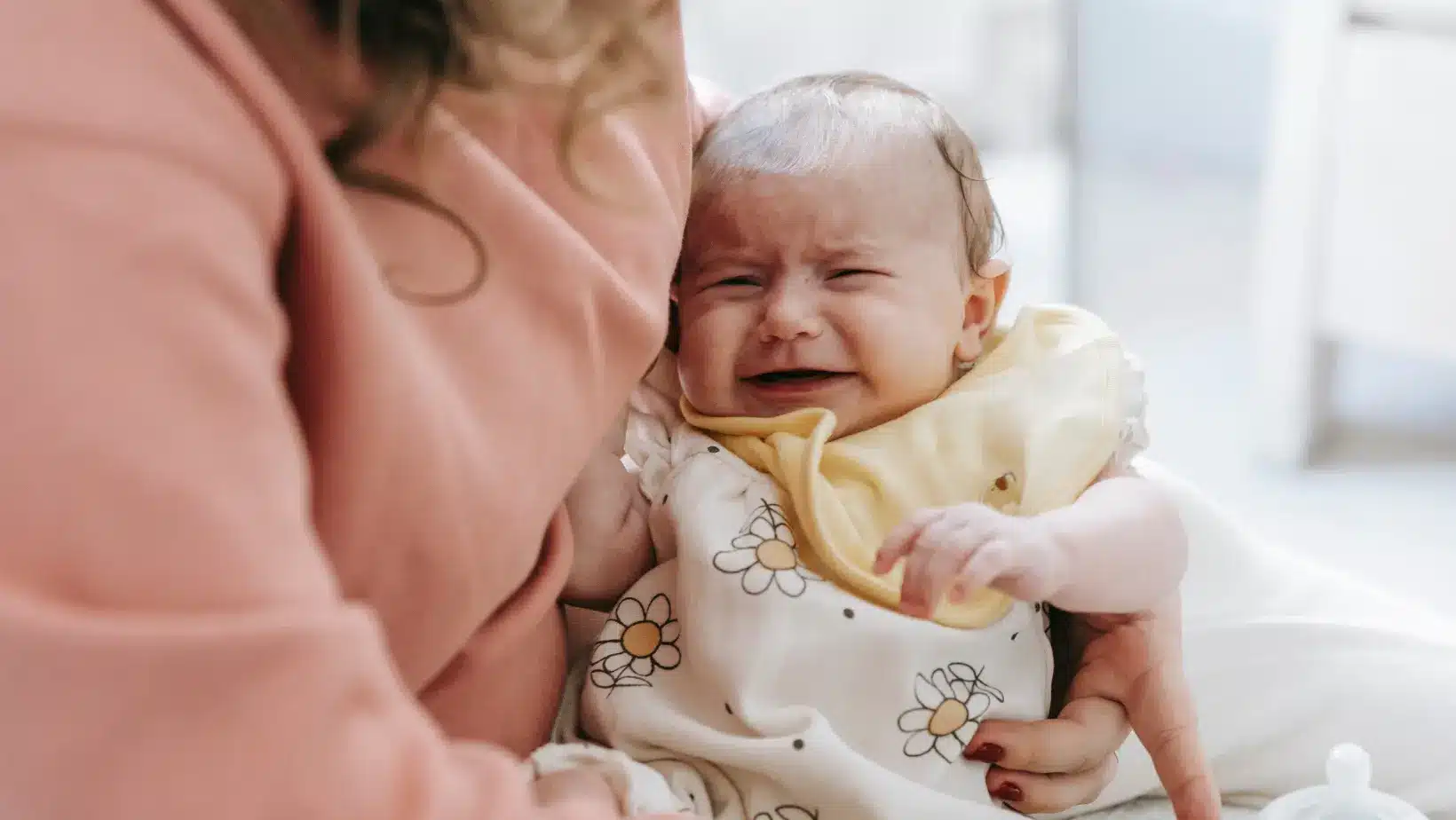How to care for and clean baby’s umbilical cord?
Many parents worry when it’s time to care for their baby’s umbilical cord. They find they’re very clumsy with the cord, and don’t dare pull it tight enough for fear of causing the baby pain. But no, it doesn’t hurt at all! A baby who reacts to cord cleaning will do so much more because he’s naked, cold or still soaking wet after a bath, than because his cord has been pulled a little.
Care instructions
After birth, it’s important to dry the area around your baby’s umbilical cord often, so that it dries faster and falls off more quickly. There’s no need to disinfect the site as before, unless instructed to do so by a health professional.
To do this :
- Pull gently on the baby’s cord to loosen it.
- Pass a dry cotton-tipped swab or ear-pick around the cord, without going back.
It’s best to repeat this exercise as long as the absorbent cotton is clean. Ideally, you should do this at least 2 or 3 times a day after birth, as this will help to dry out the navel more quickly, and the absorbent cotton will become less and less soiled with residual old brown blood.
If there is dried blood in the folds, we suggest moistening the cotton swab with lukewarm water and cleaning it, then using a dry ear cleaner to dry the site again.
The fall of the umbilical cord
When the umbilical cord falls off, it’s not unusual to see a little red or light pinkish blood appear – this is normal and of no consequence to the baby. Continue to dry the area for a few more days, then you can stop taking care of the navel.
Signs to watch out for
If you notice a foul odor or loss of greenish secretion from your baby’s navel, it may be infected. The advice of a pharmacist regarding the product to use in such cases will be necessary.
Marie Fortier
The Baby Expert


